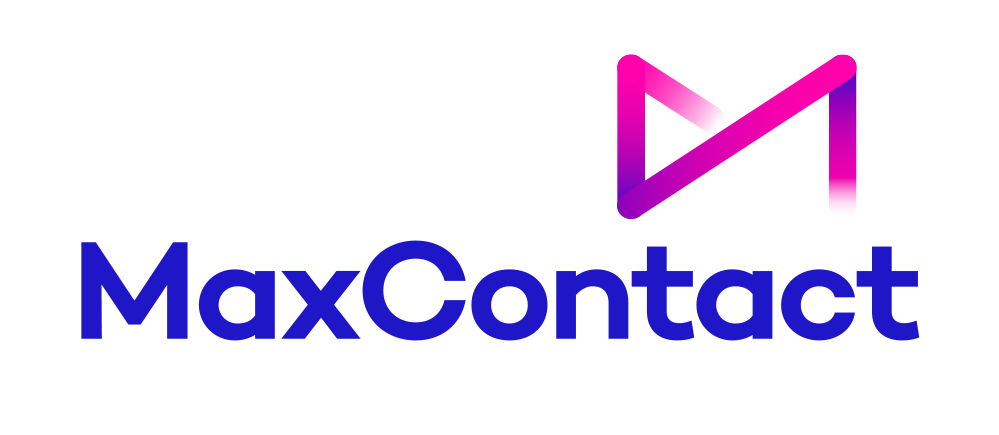What Is a Sticky Agent?
When a customer contacts a business multiple times, it's natural for them to prefer speaking to the same representative. This desire for consistency in communication is where the concept of a sticky agent comes in.
In contact centres and customer support operations, a sticky agent is a method of call or chat routing that assigns a returning customer to the same agent they spoke with previously. This approach supports continuity, helps build rapport, and often leads to better customer outcomes.
This article outlines the meaning of a sticky agent, how it works, and when businesses might choose to use this model.
Sticky Agent Meaning
A sticky agent refers to a routing rule in customer service platforms that attempts to direct a customer back to the same agent they interacted with before. The goal is to maintain a consistent point of contact wherever possible.
Rather than assigning each incoming interaction to the next available agent, the system checks whether the customer has previously been served by someone specific. If that agent is available, the system will connect them again.
Sticky agent routing can apply to both inbound and outbound communications, including:
- Phone calls
- Live chat
- Messaging apps
How Does Sticky Agent Routing Work?
The platform stores a mapping between the customer and the last agent they spoke to. When the customer contacts the service again, the system checks for an existing match. If the preferred agent is available, the interaction is routed accordingly.
If the agent is unavailable (for example, not logged in or busy), fallback rules usually apply. This may include routing to a member of the same team, a general queue, or triggering a callback.
Benefits of Using Sticky Agents
While not suitable for every type of interaction, sticky agent routing offers several advantages in customer service scenarios:
1. Better Continuity
A returning customer doesn't have to repeat their situation to a new agent. The original agent is more likely to remember previous interactions or at least have quicker access to the conversation history.
2. Improved Relationship Building
Where businesses rely on personal services (such as finance, healthcare, or high-value sales), being routed to the same person helps develop trust over time. As outlined in our guide to building a client communication strategy, consistency in contact is especially important when strong relationships are a driver of customer retention.
3. Time Savings
Agents who have handled a customer before may require less context and can pick up where the last conversation ended. This can reduce average handling time or reduce the back-and-forth in live chat.
4. Increased First Call Resolution
Customers expect quick, straightforward resolutions without having to repeat themselves or be passed between agents. Sticky agent routing can support higher first call resolution rates by connecting returning customers with agents who are already familiar with their history. This familiarity often allows the agent to resolve issues more quickly during the first interaction. It not only improves the customer’s experience but can also contribute to better performance across the contact centre.
When to Use Sticky Agent Routing
Sticky agent models are best suited to scenarios where customers are likely to contact a business more than once about the same issue or where a long-term relationship is being formed.
Common examples include:
- Account management and onboarding
- Technical support with complex or ongoing cases
- Personalised services such as legal, real estate, or private healthcare
In contrast, for high-volume enquiries where speed is the priority (such as courier tracking, password resets, or first-line product support), standard routing queues may be more practical.
Challenges and Limitations
While sticky agents bring clear benefits, they can introduce certain operational challenges:
1. Agent Availability
If a sticky agent is unavailable, routing can slow down or become more complex. Businesses must choose whether to wait for that agent, reroute to another, or escalate the issue. For organisations using Contact Centre as a Service (CCaaS), clear fallback rules and real-time status updates help make sure customers are still connected quickly and professionally.
2. Uneven Workloads
When sticky routing is in place, certain agents may accumulate many returning customers, creating uneven workloads. Without proper management, this can lead to agent burnout or long wait times. A solution is to balance this using skill-based routing.
3. Scaling Across Teams
As teams grow across shifts, locations, or time zones, keeping the sticky agent mapping accurate becomes difficult. A scalable platform with mapping tools, such as those found in modern cloud-based contact centres, helps maintain consistency across large operations.
Alternatives to Sticky Agents
Some businesses use other routing strategies to improve consistency without relying solely on sticky logic:
- Skill-based routing: Matches customers with agents who have specific expertise.
- Team-based routing: Returns customers to a small group of agents.
- CRM-based segmentation: Directs customers to teams based on tier or service level.
These methods can still provide a personalised experience, often with more flexibility.
Is Sticky Agent Routing Right For You?
Sticky agent routing offers a way to improve the customer journey by linking people with agents they’ve spoken to before. While it may not be right for every business or interaction type, it plays a useful role in services where continuity and relationship-building matter.
If you're considering implementing sticky agent logic, think carefully about your support structure, agent availability, and long-term support goals. When applied in the right context, it can help customers feel more recognised and reduce repetition in their interactions.
Request a demo with MaxContact today to see how our solutions can help you build stronger customer relationships and simplify your support process.
.png)
From the blog







